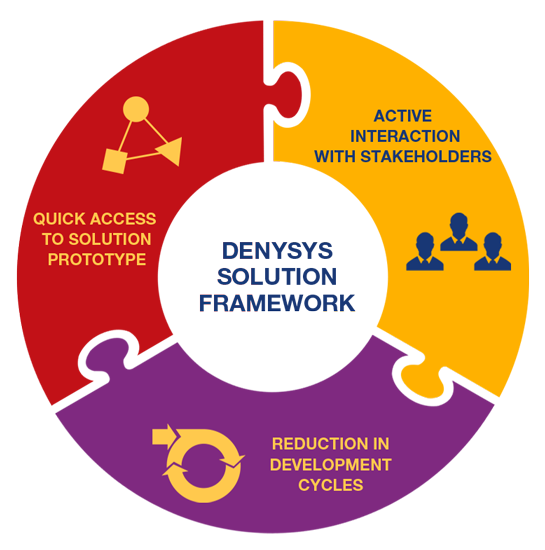Strong IT performance provides a competitive advantage. Firms or agencies with high-performing IT organizations were twice as likely to exceed their budget goals or profitability, mission, market share, and productivity goals.
In order to deliver solutions in a more timely manner to their stakeholders, many organization employ Agile methods such as Scrum as an alternative to predictive methods such as Waterfall. An agile approach defines the business goals and success criteria in smaller increments, delivers continuous subsets of high-value features and puts them in the hands of users as fast as possible.
The pace of change is accelerating. Constituent and Customer expectations, competitive shifts and regulatory changes are disrupting global markets and the way you do business or service your customers. In this fast-paced application economy, software is at the heart of every business, driving every industry.
Agile methods achieve superior results compared to less effective traditional methods:


A Timely Cost Saver
Denysys' Solution framework (DSF) is a set of software engineering process, principles and proven practices intended to enable developers to achieve success in the software development life cycle (SDLC). DSF is a structured approach that commits to a “Timely” completion of any project to the satisfaction of a customer. Timely delivery is the core tenant of DSF. DSF can facilitate a smooth integration with tremendous cost benefits over the duration of any project and thereafter.
Its key elements are:

With its experienced DSF team, Denysys works across swim lanes to quickly arrive at the best solution and ensures that the right technology framework is in place to bridge the AS-IS TO-BE gap. Thus Our Agile approach allows our customers to quickly migrate from current technology to their new solution in an iterative mode. DSF uses its active Dash-board and Story-boards to track the progress of the projects with its rapid Change Management Request system to incorporate any change needed.
DSF is a collaborative development model. Upon project completion, Client's team members are well trained to the Agile norms and best practices to carry forward on their own. Denysys always provide post implementation support for its customers.
How do they do it?
Creating agility of this order means consciously architecting your business operating system into one that is designed for speed, steering and opportunity. This new design delivers results—cutting costs and time to market in half, while increasing application quality and customer satisfaction.
| Condition | Favorable | Unfavorable |
|---|---|---|
| Market Environment | Customer preferences and solution options change frequently. | Market conditions are stable and predictable. |
| Customer Involvement | Close collaboration and rapid feedback are feasible. Customers know better what they want as the process progresses. | Requirements are clear at the outset and will remain stable. Customers are unavailable for constant collaboration. |
| Innovation Type | Problems are complex, solutions are unknown, and the scope isn’t clearly defined. Product specifications may change. Creative breakthroughs and time to market are important. Cross-functional collaboration is vital. | Similar work has been done before, and innovators believe the solutions are clear. Detailed specifications and work plans can be forecast with confidence and should be adhered to. Problems can be solved sequentially in functional silos. |
| Modularity of Work | Incremental developments have value, and customers can use them. Work can be broken into parts and conducted in rapid, iterative cycles.Late changes are manageable. | Customers cannot start testing parts of the product until everything is complete. Late changes are expensive or impossible. |
| Impact of Interim Mistakes | They provide valuable learning. | They may be catastrophic. |